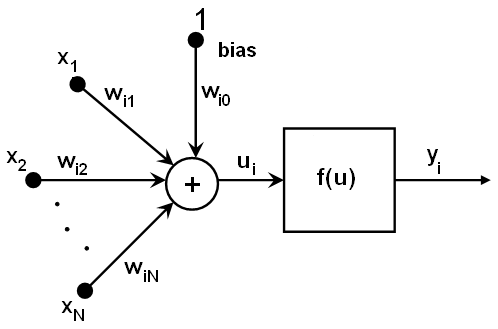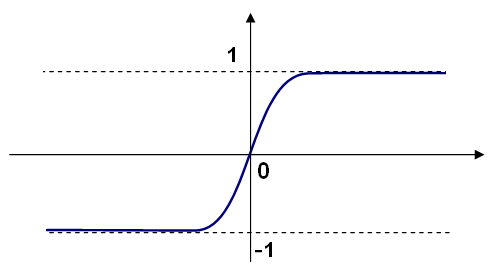Artificial Neural Networks - Multi-Layer Perceptrons
Unlike many other models in ML that are constructed and trained at once, in the MLP model these steps are separated. First, a network with the specified topology is created. All the weights are set to zeros. Then, the network is trained using a set of input and output vectors. The training procedure can be repeated more than once, that is, the weights can be adjusted based on the new training data.
Neural Networks
ML implements feed-forward artificial neural networks or, more particularly, multi-layer perceptrons (MLP), the most commonly used type of neural networks. MLP consists of the input layer, output layer, and one or more hidden layers. Each layer of MLP includes one or more neurons directionally linked with the neurons from the previous and the next layer. The example below represents a 3-layer perceptron with three inputs, two outputs, and the hidden layer including five neurons:

All the neurons in MLP are similar. Each of them has several input links
(it takes the output values from several neurons in the previous layer
as input) and several output links (it passes the response to several
neurons in the next layer). The values retrieved from the previous layer
are summed up with certain weights, individual for each neuron, plus the
bias term. The sum is transformed using the activation function f
that may be also different for different neurons.

In other words, given the outputs x_j of the layer n, the outputs
y_i of the layer n+1 are computed as:
u_i = sum_j (w_{i,j}^{n+1} * x_j) + w_{i,bias}^{n+1}
y_i = f(u_i)
Different activation functions may be used. ML implements three standard functions:
- Identity: Identity function
f(x) = y - Sigmoid: Symmetrical sigmoid, which is the default choice for MLP
f(x) = beta * (1-exp(-alpha*x)) / (1+exp(-alpha*x)) - Gaussian: Gaussian function, which is not completely supported at
the moment
f(x) = beta * exp(-alpha*x*x)

In ML, all the neurons have the same activation functions, with the
same free parameters (alpha, beta) that are specified by user and
are not altered by the training algorithms.
So, the whole trained network works as follows:
- Take the feature vector as input. The vector size is equal to the size of the input layer.
- Pass values as input to the first hidden layer.
- Compute outputs of the hidden layer using the weights and the activation functions.
- Pass outputs further downstream until you compute the output layer.
So, to compute the network, you need to know all the weights
w_{i,j}^{n+1}. The weights are computed by the training algorithm. The
algorithm takes a training set, multiple input vectors with the
corresponding output vectors, and iteratively adjusts the weights to
enable the network to give the desired response to the provided input
vectors.
The larger the network size (the number of hidden layers and their sizes) is, the more the potential network flexibility is. The error on the training set could be made arbitrarily small. But at the same time the learned network also learn the noise present in the training set, so the error on the test set usually starts increasing after the network size reaches a limit. Besides, the larger networks are trained much longer than the smaller ones, so it is reasonable to pre-process the data, using cv.PCA or similar technique, and train a smaller network on only essential features.
Another MPL feature is an inability to handle categorical data as is.
However, there is a workaround. If a certain feature in the input or
output (in case of n-class classifier for n>2) layer is categorical
and can take M>2 different values, it makes sense to represent it as a
binary tuple of M elements, where the i-th element is 1 if and only if
the feature is equal to the i-th value out of M possible. It increases
the size of the input/output layer but speeds up the training algorithm
convergence and at the same time enables fuzzy values of such variables,
that is, a tuple of probabilities instead of a fixed value.
ML implements two algorithms for training MLP's.The first algorithm is a classical random sequential back-propagation algorithm. The second (default) one is a batch RPROP algorithm.
References
[BackPropWikipedia]:
[LeCun98]:
LeCun, L. Bottou, G.B. Orr and K.-R. Muller, "Efficient backprop", in Neural Networks Tricks of the Trade, Springer Lecture Notes in Computer Sciences 1524, pp.5-50, 1998.
[RPROP93]:
M. Riedmiller and H. Braun, "A Direct Adaptive Method for Faster Backpropagation Learning: The RPROP Algorithm", Proc. ICNN, San Francisco (1993).